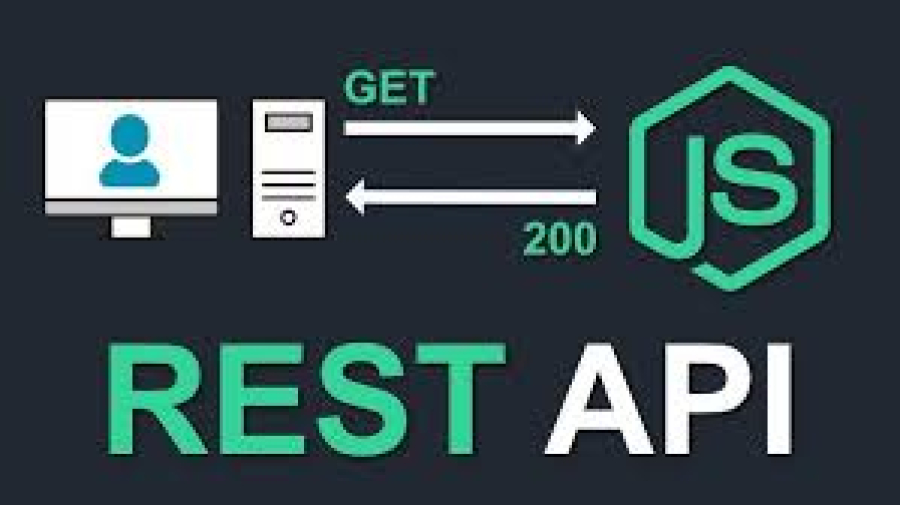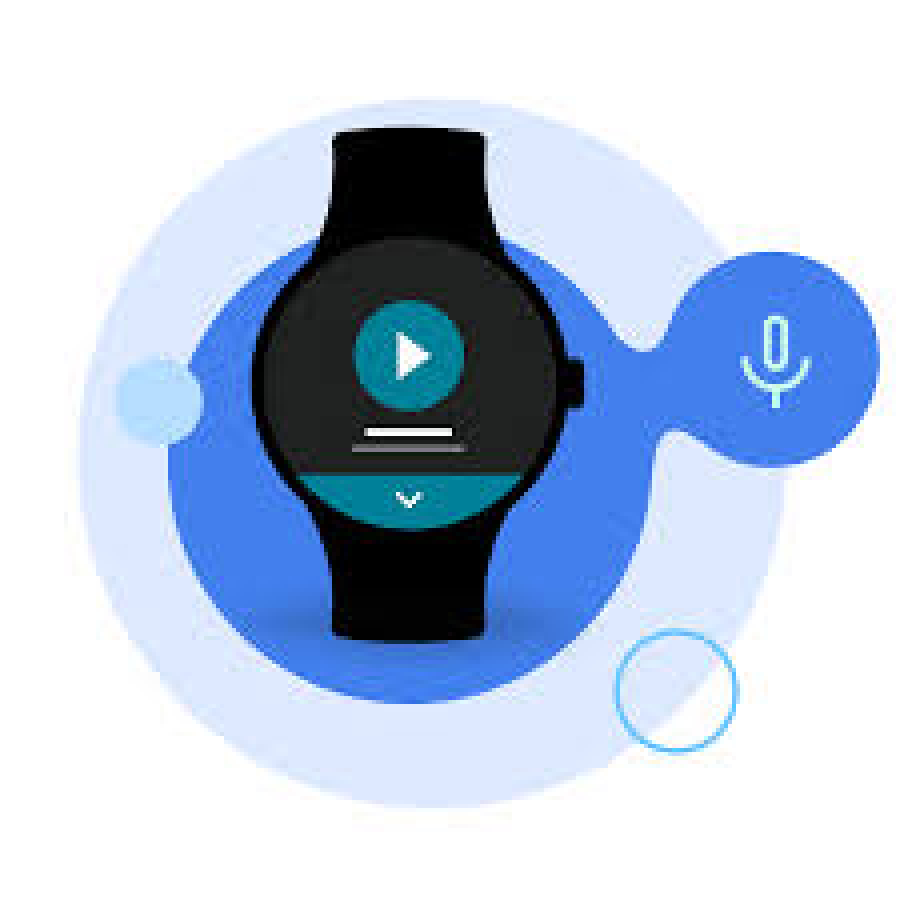GraphQL vs REST: Which One Should You Use?
In the realm of web development, choosing the right API architecture is pivotal for the efficiency and scalability of your applications. Two prominent contenders in this space are GraphQL and REST. Each offers unique advantages and potential drawbacks. This article delves into a comprehensive comparison to assist you in determining the most suitable choice for your project on freelancerbridge.
ClearPeaks
+1
Headless CMS Backend
+1
Introduction
APIs (Application Programming Interfaces) are the backbone of modern web and mobile applications, facilitating seamless communication between clients and servers. REST (Representational State Transfer) has long been the standard for designing web APIs, offering simplicity and scalability. However, GraphQL, introduced by Facebook in 2015, has emerged as a powerful alternative, providing enhanced flexibility and efficiency. Understanding the distinctions between these two architectures is crucial for making informed decisions in your development process.
Understanding REST
REST is an architectural style that utilizes standard HTTP methods—such as GET, POST, PUT, and DELETE—for communication. It structures data into resources, each accessible via a unique URL, and is stateless, meaning each request from a client contains all the information needed to process it.
Advantages of REST:
Simplicity and Widespread Adoption: REST's straightforward principles have led to its broad acceptance and implementation across various platforms.
Scalability: Its stateless nature allows for easy scaling by distributing client requests across multiple servers.
DEV Community
Caching: REST APIs can leverage HTTP caching mechanisms to improve performance and reduce server load.
Medium
+1
AIMultiple
+1
Disadvantages of REST:
Over-fetching and Under-fetching: Clients may receive more data than needed or require multiple requests to gather all necessary information, leading to inefficiencies.
Medium
+1
Postman Blog
+1
Multiple Endpoints: Managing numerous endpoints for different resources can become complex and cumbersome.
Slashdev
+1
The modern GraphQL runtime | Tailcall
+1
Understanding GraphQL
GraphQL is a query language and server-side runtime for APIs that allows clients to request precisely the data they need. It operates through a single endpoint and enables clients to define the structure of the responses.
Advantages of GraphQL:
Flexibility: Clients can specify exactly what data they require, reducing over-fetching and under-fetching issues.
Postman Blog
+1
YouTube
+1
Single Endpoint: All requests are routed through a single endpoint, simplifying API management.
Strongly Typed Schema: GraphQL uses a type system to describe data, enabling better validation and introspection.
Disadvantages of GraphQL:
Complexity: The flexibility of GraphQL can lead to complex queries and a steeper learning curve.
Medium
Caching Challenges: Implementing caching is more complex compared to REST, as GraphQL's single endpoint doesn't align with traditional HTTP caching strategies.
AIMultiple
Performance Concerns: Poorly designed queries can lead to resource-intensive operations, potentially impacting performance.
Medium
Key Differences Between GraphQL and REST
Data Fetching:
REST: Fixed endpoints returning predefined data structures, which can lead to over-fetching or under-fetching.
GraphQL: Clients request specific data fields, ensuring they receive only what's necessary.
The Next Generation GraphQL Headless CMS
+2
Postman Blog
+2
Slashdev
+2
Endpoints:
REST: Multiple endpoints for different resources.
+2
YouTube
+2
Slashdev
+2
GraphQL: A single endpoint handles all requests.
Versioning:
REST: Often requires versioning (e.g., /api/v1/resource) to manage changes.
GraphQL: Designed to evolve without versioning by allowing clients to request only the fields they need.
Medium
Error Handling:
REST: Utilizes standard HTTP status codes for error responses.
GraphQL: Errors are returned within the response body, requiring custom handling.
When to Choose REST
Simplicity: For straightforward applications with well-defined resources and operations.
The modern GraphQL runtime | Tailcall
Caching Needs: When leveraging HTTP caching mechanisms is crucial for performance.
Medium
Public APIs: For APIs intended for public consumption, where standardization and predictability are essential.
Software Engineering Daily
When to Choose GraphQL
Complex Data Requirements: Applications needing to aggregate data from multiple sources or with complex relationships.
Multiple Client Types: When serving diverse clients (e.g., web, mobile) that require different data structures.
Efficient Data Loading: To minimize the number of requests and reduce data transfer by fetching only necessary information.
Conclusion
Both GraphQL and REST have their own strengths and are suited to different scenarios. REST offers simplicity, scalability, and effective caching, making it a reliable choice for many applications. GraphQL provides unparalleled flexibility and efficiency, particularly beneficial for complex and dynamic data needs. Evaluating your project's specific requirements will guide you in selecting the most appropriate API architecture for your development endeavors on freelancerbridge.


 by Emily
by Emily




